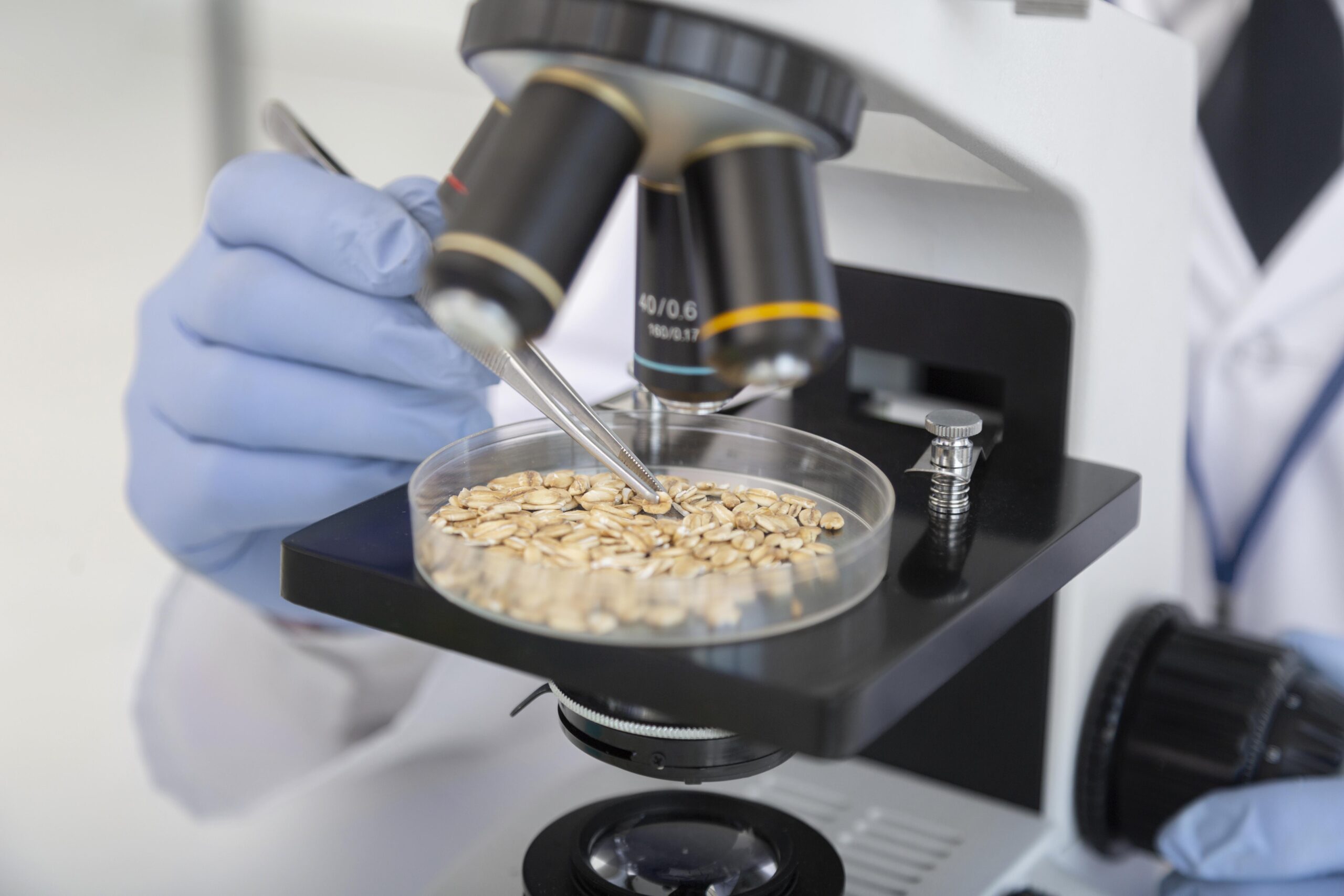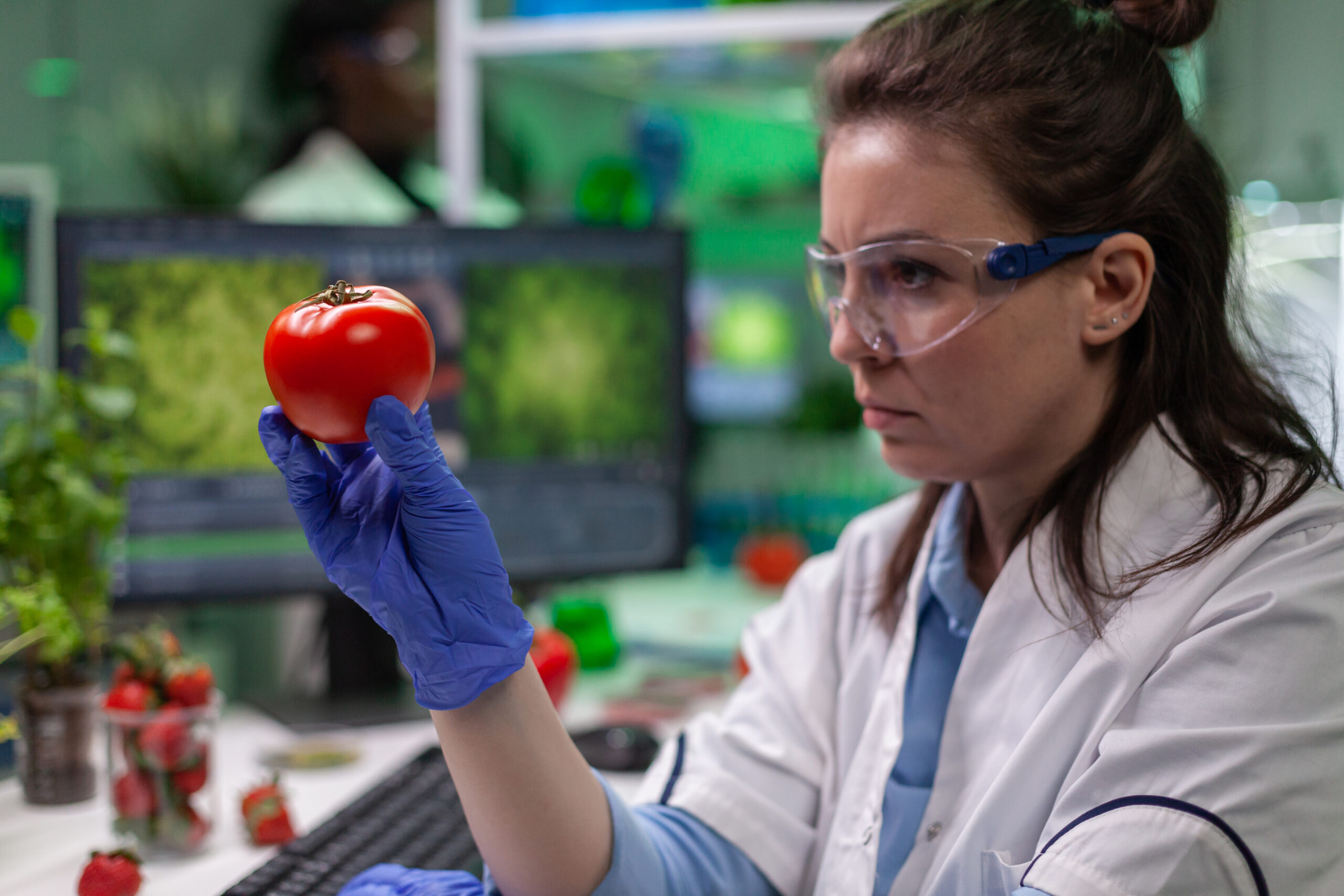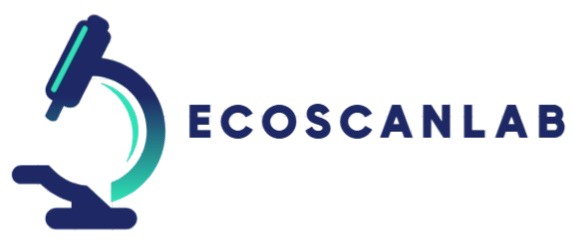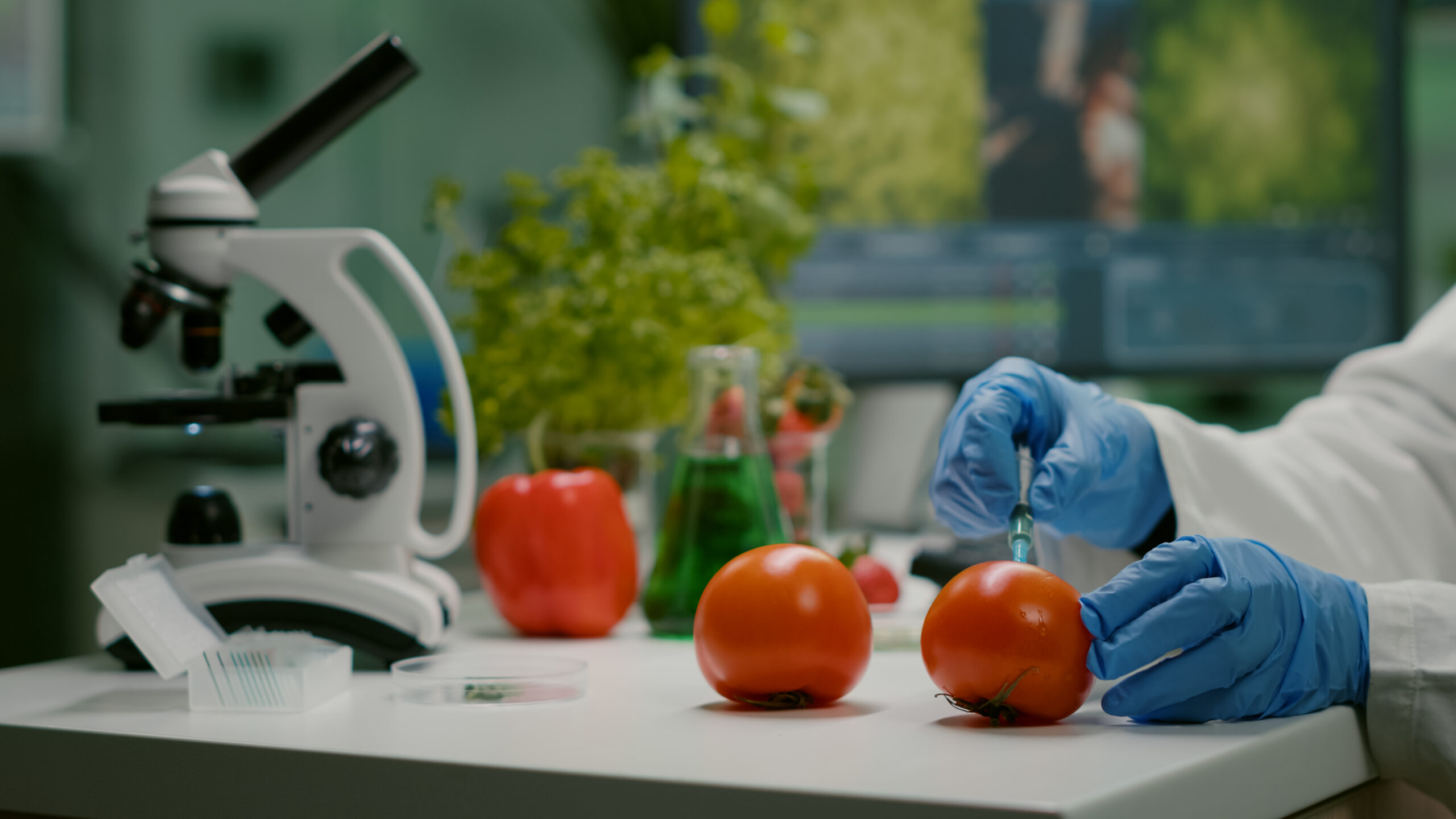Food Testing
Ecoscan Lab proudly holds ISO 17025 accreditation and offers an extensive range of food testing services to ensure the highest standards of safety and quality in your products. Our comprehensive tests detect harmful bacteria and pathogens that could threaten both food safety and consumer health.
Designed to support your compliance journey, our food testing services help companies meet the stringent criteria of leading certification programs such as SQF, BRCGS, FSSC 22000, ISO 22000, PrimusGFS, GlobalGAP, and others. We deliver precise analysis that not only facilitates certification but also strengthens your overall food safety management. Additionally, our testing solutions align with the FDA’s Food Safety Modernization Act (FSMA), empowering businesses to implement effective safety measures that protect public health. With our expertise, you can confidently navigate regulatory complexities and uphold the highest production standards.



1
Salmonella is a common contaminant in raw poultry, eggs, and unpasteurized milk. It can also be found in fruits, vegetables, and processed foods.
Salmonella can lead to salmonellosis, causing diarrhea, fever, abdominal cramps, and vomiting. In severe cases, it can require hospitalization due to dehydration or sepsis.
2
Listeria can survive and grow in refrigerated environments, making it a concern for ready-to-eat meats, dairy products, soft cheeses, and raw vegetables.
Listeriosis can cause fever, muscle aches, and gastrointestinal symptoms. Pregnant women, newborns, and immunocompromised individuals are at higher risk for severe illness or miscarriage.
3
Found primarily in undercooked beef, raw milk, and contaminated water, E. coli can also contaminate fresh produce like lettuce and spinach.
E. coli infection causes severe stomach cramps, diarrhea, and vomiting. Some strains, like E. coli O157:H7, can lead to complications such as hemolytic uremic syndrome (HUS), especially in children and the elderly.
4
This family of bacteria includes pathogens like E. coli and Salmonella, and is often found in meat, dairy, and processed foods.
Enterobacteriaceae can cause mild to severe gastrointestinal distress and life-threatening infections, particularly in immunocompromised individuals.
5
Yeast and mold are common contaminants in perishable foods, particularly bread, fruits, vegetables, and dairy products.
Some molds produce mycotoxins that can trigger allergic reactions or respiratory issues. They also cause food spoilage and reduce shelf life.
6
APC measures the number of aerobic bacteria in food products, indicating contamination levels and spoilage potential.
High levels of aerobic bacteria can indicate the presence of pathogens, leading to foodborne illnesses.
7
Found in fermented foods like yogurt and pickles, these bacteria are generally beneficial but can spoil non-fermented foods.
Lactic acid bacteria are usually harmless, but they can cause infections in immunocompromised individuals.
8
This dangerous strain is often found in undercooked beef, unpasteurized milk, and contaminated vegetables.
This strain can cause severe diarrhea, abdominal pain, and, in extreme cases, kidney failure or death, especially in vulnerable populations.
9
Commonly found in raw and processed meats, dairy products, and unwashed produce.
It can cause severe infections, especially in pregnant women, leading to miscarriage or stillbirth.
10
Although primarily associated with water systems, contaminated water used in food processing can harbor this bacterium.
Legionnaires' disease is a severe form of pneumonia caused by inhaling mist or water droplets containing Legionella.
11
Often found in foods handled and improperly stored, such as sandwiches and dairy products.
Staphylococcal food poisoning causes nausea, vomiting, and stomach cramps, typically within hours of consuming contaminated food.
12
These bacteria can indicate water quality issues in food preparation and processing.
While mostly harmless, high numbers of heterotrophic bacteria may indicate potential for other harmful pathogens in the food supply.
Food Testing Parameters
1. Nutritional Testing
| Parameter | Description |
|---|---|
| Protein | Essential for nutrition labeling |
| Fat (Total, Saturated, Trans) | Important for calorie and health evaluation |
| Carbohydrates | For energy and nutritional value |
| Sugars (Total, Added) | Critical for health compliance |
| Dietary Fiber | Nutritional claim validation |
| Calories (Energy Value) | Mandatory for packaging |
| Moisture Content | Affects shelf life and quality |
| Ash Content (Minerals) | Indicates mineral content and purity |
2. Heavy Metals & Contaminants
| Parameter | Description |
|---|---|
| Lead (Pb) | Toxic even in small quantities |
| Arsenic (As) | Often found in rice and seafood |
| Mercury (Hg) | Found in fish and some imported foods |
| Cadmium (Cd) | Present in cereals and vegetables |
| Tin (Sn) | Especially in canned foods |
| Aluminum (Al) | From additives or equipment |
3. Microbiological Testing
| Parameter | Description |
|---|---|
| Total Plate Count | General hygiene indicator |
| Coliforms | Indicates unsanitary conditions |
| E. coli | Harmful pathogen: hygiene indicator |
| Salmonella spp. | Serious foodborne illness |
| Listeria monocytogenes | Common in dairy and ready-to-eat foods |
| Yeast and Mold Count | Spoilage organisms |
| Staphylococcus aureus | Toxin-producing bacteria |
| Bacillus cereus | Common in rice and dairy |
4. Pesticide Residue Testing
| Parameter | Description |
|---|---|
| Organochlorines | Banned in many countries, still present in soil |
| Organophosphates | Found in fruits and vegetables |
| Carbamates | Used in grains and leafy greens |
| Pyrethroids | Surface treatment in cereals and vegetables |
5. Food Additives & Preservatives
| Parameter | Description |
|---|---|
| Artificial Colors (e.g. Tartrazine) | Regulatory limits and allergic reactions |
| Preservatives (Sorbates, Benzoates) | Compliance and safety validation |
| Sweeteners (Aspartame, Saccharin) | For labeling and compliance |
| MSCs (Monosodium Glutamate) | Flavor enhancer monitoring |
6. Allergen Testing
| Parameter | Description |
|---|---|
| Gluten | Celiac-safe labeling |
| Lactose | Dairy-free certification |
| Soy Protein | Major allergen |
| Peanut / Tree Nut Proteins | Allergen management in processed foods |
| Egg Protein | Labeling compliance |


